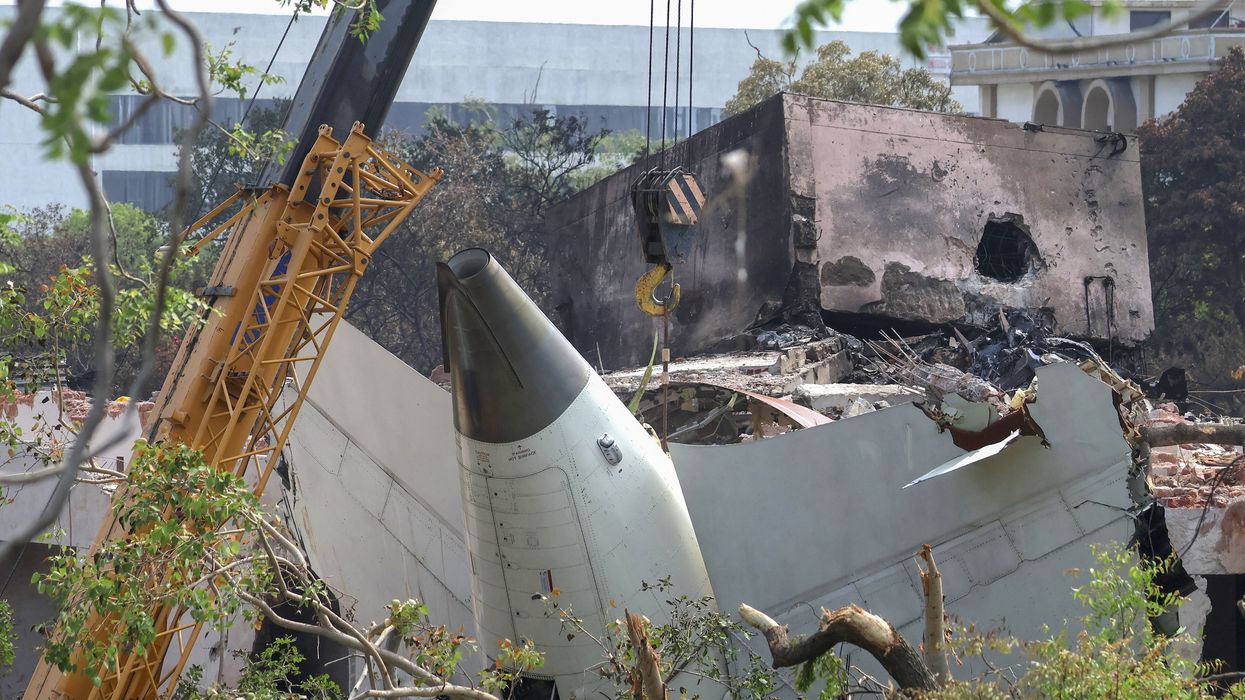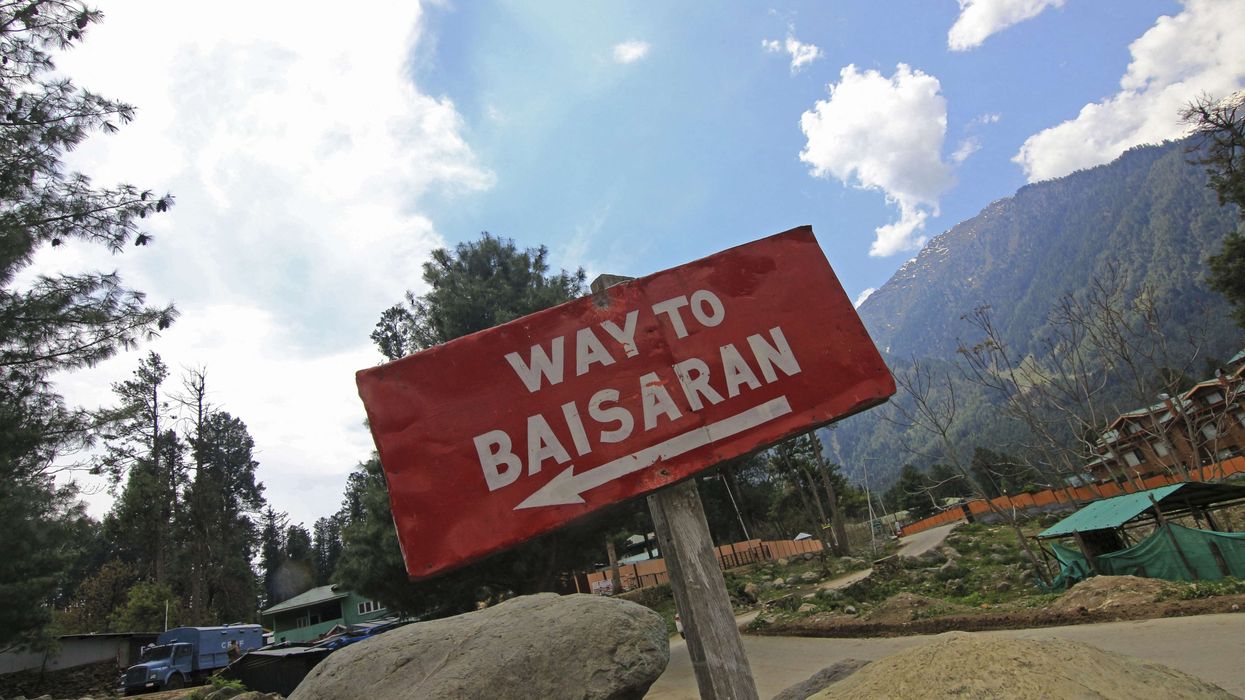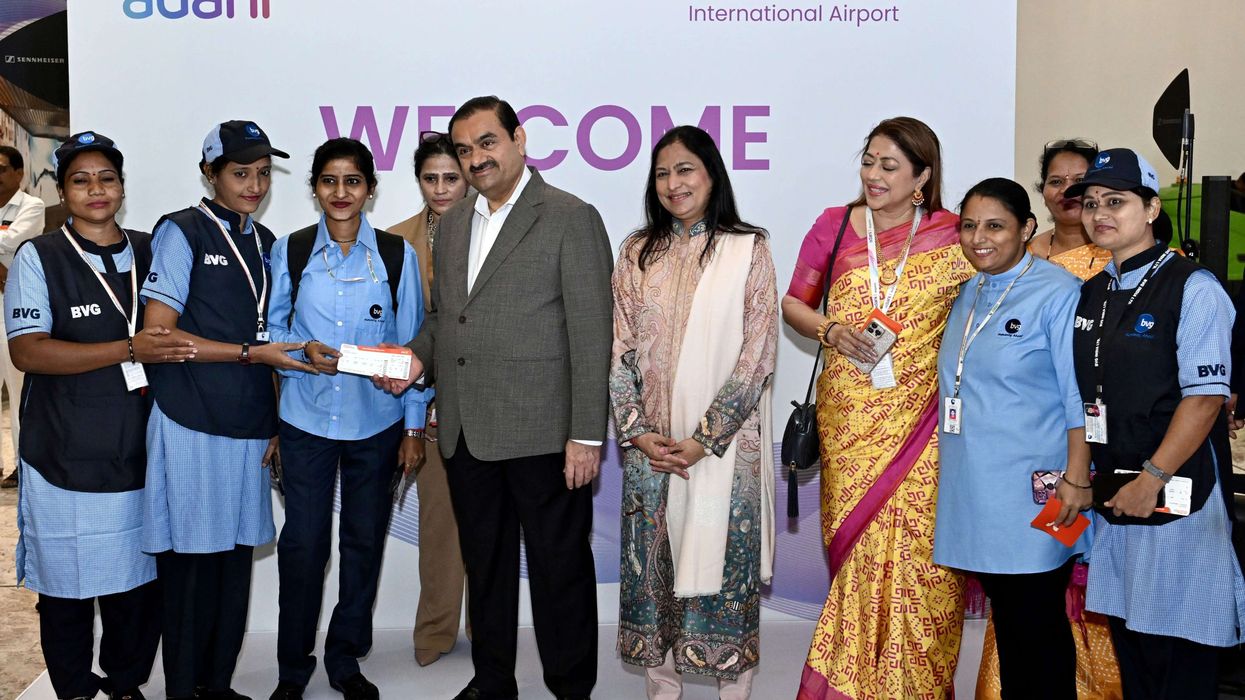Summary:
- A preliminary report on the June 12 Air India crash in Ahmedabad found fuel to the airplane’s engines was cut off.
- One pilot asked the other why he cut off fuel, the other denied it.
- Air India will cut international widebody service by 15 percent through mid-July after the crash.
INDIA’S AIRCRAFT ACCIDENT Investigation Bureau’s preliminary report found that fuel to the Boeing 787-8’s engines was cut off, indicating pilot action may have caused the crash. No actions are recommended for Boeing 787-8 or GEnx-1B operators at this stage.
The preliminary report, led by Indian authorities with experts from Boeing, General Electric, Air India, Indian regulators and participants from the U.S. and UK, raises several questions. The 15-page report stated that seconds after liftoff, both engine fuel control switches shifted from "RUN" to "CUTOFF" one second apart, shutting off fuel and causing engine failure.
Air India Flight AI 171, bound from Ahmedabad to London carrying 230 passengers and crew, crashed minutes after takeoff on June 12, killing 260 people in one of the deadliest aviation incidents in India in recent years.
The flight lasted about 30 seconds. The cockpit voice recorder captured one pilot asking the other why the "cut-off" was triggered, with the response denying responsibility. The recording does not identify who spoke.
At takeoff, the co-pilot was flying while the captain was monitoring. The switches were reset to their normal inflight position, triggering automatic engine relight. At the time of the crash, one engine was regaining thrust while the other had relit but had not yet restored power.
Aviation experts and Indian netizens have questioned both the report and Western media coverage that places sole blame on the pilots. The Pilots’ Association of India has objected to the investigation’s direction, alleging it presumes pilot guilt.
Fuel samples from the bowsers and tanks used to refuel the aircraft were tested at the DGCA lab and found satisfactory. Only a small amount of fuel was recovered from the APU filter and the left wing refuel/jettison valve. These samples will be sent to a facility equipped to test minimal quantities.
The report stated that the investigation team will review additional evidence from stakeholders.
Media reaction
After the report’s release, several media outlets attributed the crash to pilot error, naming Captain Sumeet Sabharwal, 56, and First Officer Clive Kunder, 32. The BBC headlined its story, “Pilot cut off fuel to engine — no fault with plane,” implying pilot responsibility, according to an Instagram post by Indian Pilot. Some reports also suggested the crash may have been a suicide.
The AAIB’s findings and their coverage drew criticism from the aviation sector. On Saturday, the Airline Pilots’ Association of India-I condemned the report’s “tone and direction,” alleging bias toward blaming the pilots.
“The investigation appears biased toward pilot error. ALPA-I rejects this presumption and demands a fair, fact-based inquiry,” said ALPA-I President Sam Thomas.
The association also reiterated its request to be included in the investigation as observers.
The Indian Commercial Pilots Association also condemned the suggestion of pilot suicide.
“We call upon media organisations and public commentators to act with restraint, empathy and respect for due process,” the ICPA said in a statement. “The crew of AI 171 acted in line with their training and responsibilities under challenging conditions. They deserve support—not vilification based on conjecture.”
The ICPA expressed “unwavering support” for the crew and criticised speculative narratives, particularly the insinuation of suicide.
“There is absolutely no basis for such a claim at this stage. Invoking such an allegation based on incomplete information is irresponsible and deeply insensitive to the individuals and families involved,” it said.
Ongoing investigation
Following the report’s release and the resulting debate, Union civil aviation minister Ram Mohan Naidu Kinjarapu clarified that the findings are preliminary and the matter remains under investigation, according to Times of India.
However, the report leaves key questions unanswered. It confirms that the engine fuel control switches moved from “RUN” to “CUTOFF” but does not explain how or why this occurred.
Former IAF director Sanjeev Kapoor called the report incomplete regarding the fuel switches.
“It is bizarre to suggest that any sane pilot would deliberately operate the fuel cut-off switches right after takeoff,” he told India Today. “Why would a pilot, having just lifted off manually, turn the aircraft 170 degrees just to shut down the engines? It defies logic.”
The investigation is ongoing, according to the agency. The team will review additional records, evidence, and information from stakeholders. The final report is expected in the coming months.
In June, Air India announced a 15 percent reduction in international widebody operations through at least mid-July following the crash.













